Modern researchers/adventurers have many more options and for some it seems that the sky really is the limit with some pretty amazing canopy access methods at their fingertips. Lets have a look at the different approaches people take to exploring the canopy:
The ultimate
As for the inflatable platform... it is 400 square metres and was put in place by helicopter. Moving past "wow that is awesome!", I think it would share some of the disadvantages of both the balloons (weather dependent for installation) and the large structures (fixed study area). These large-scale methods are also expensive but some operators can offset costs through eco-tourism.
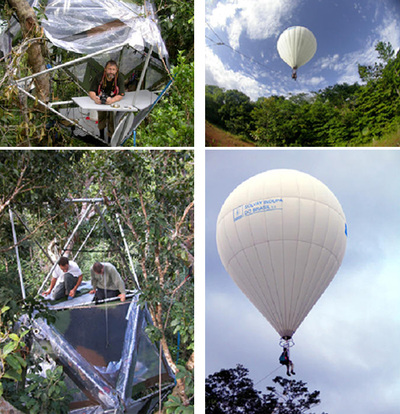
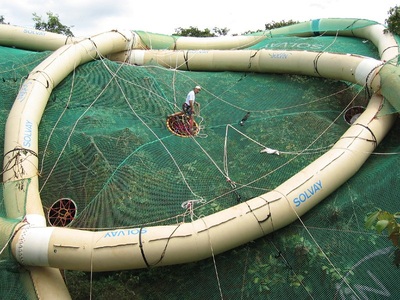

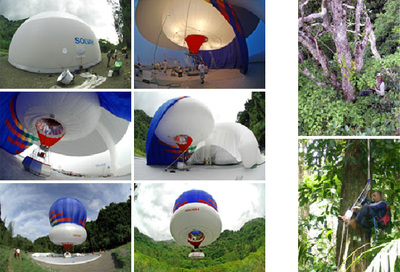
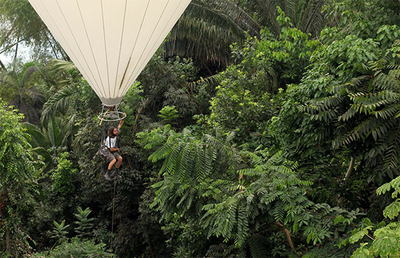
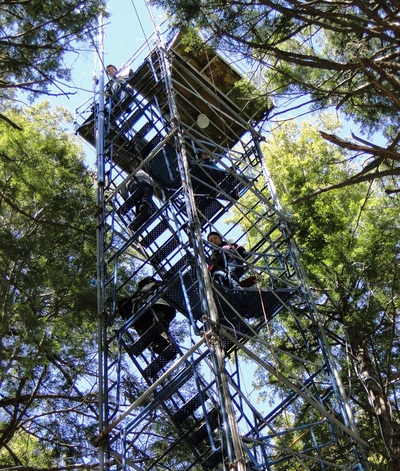
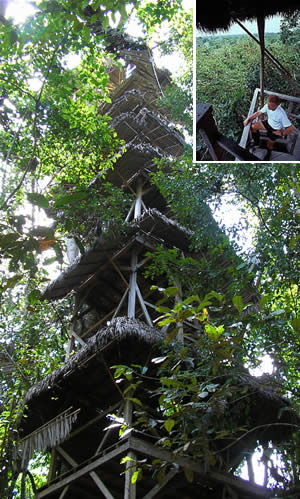
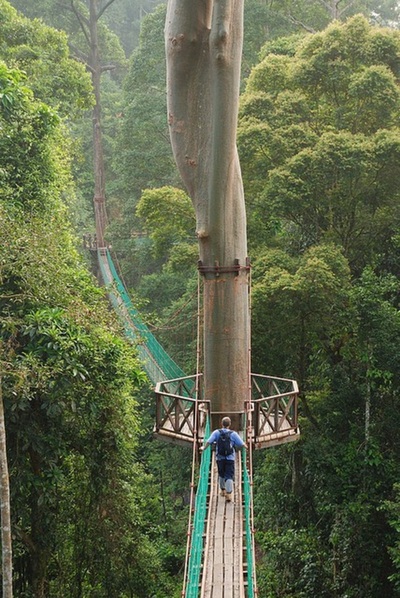
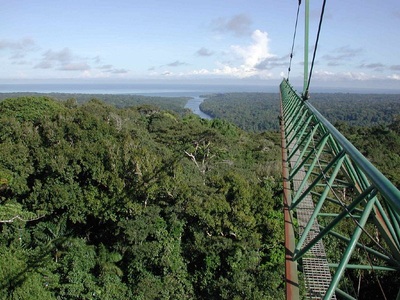
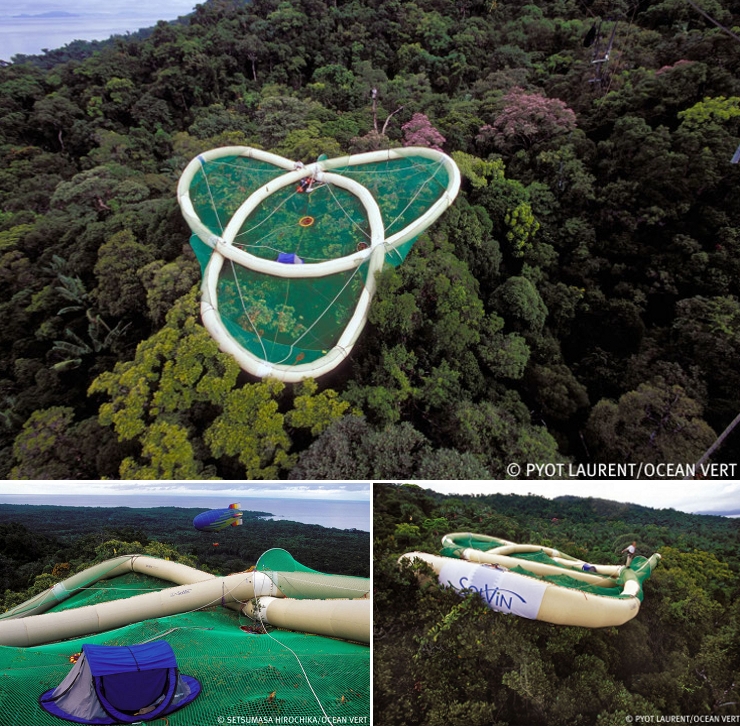
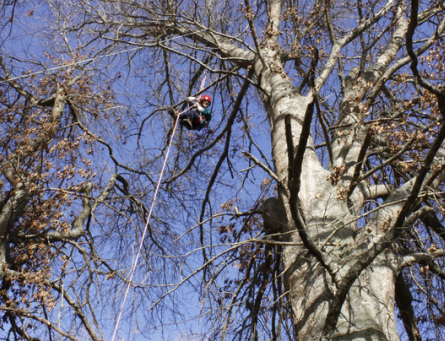
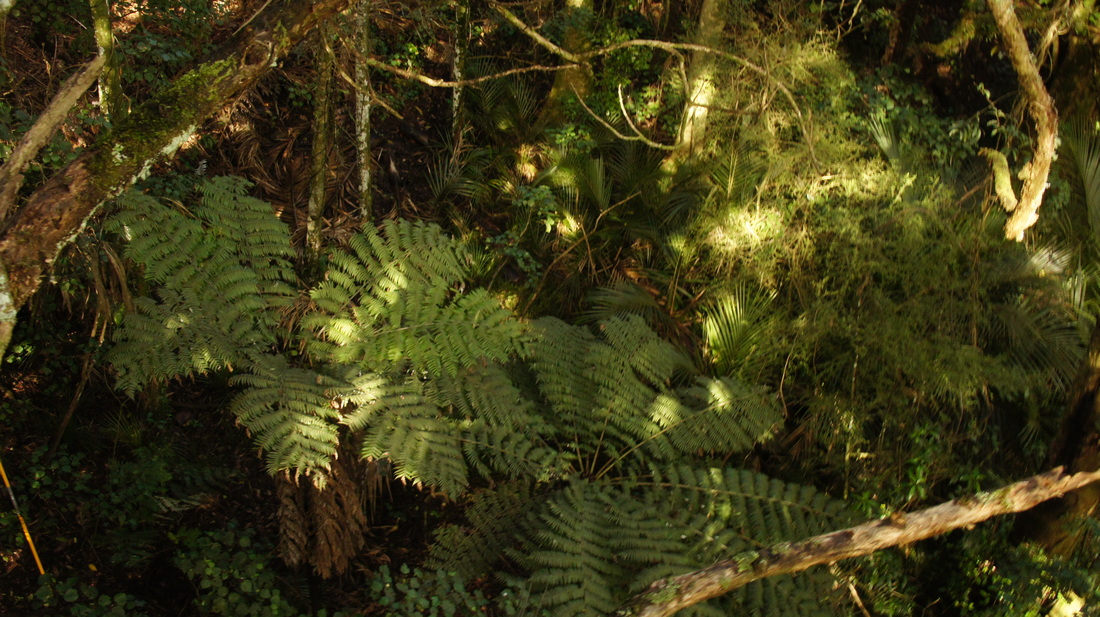
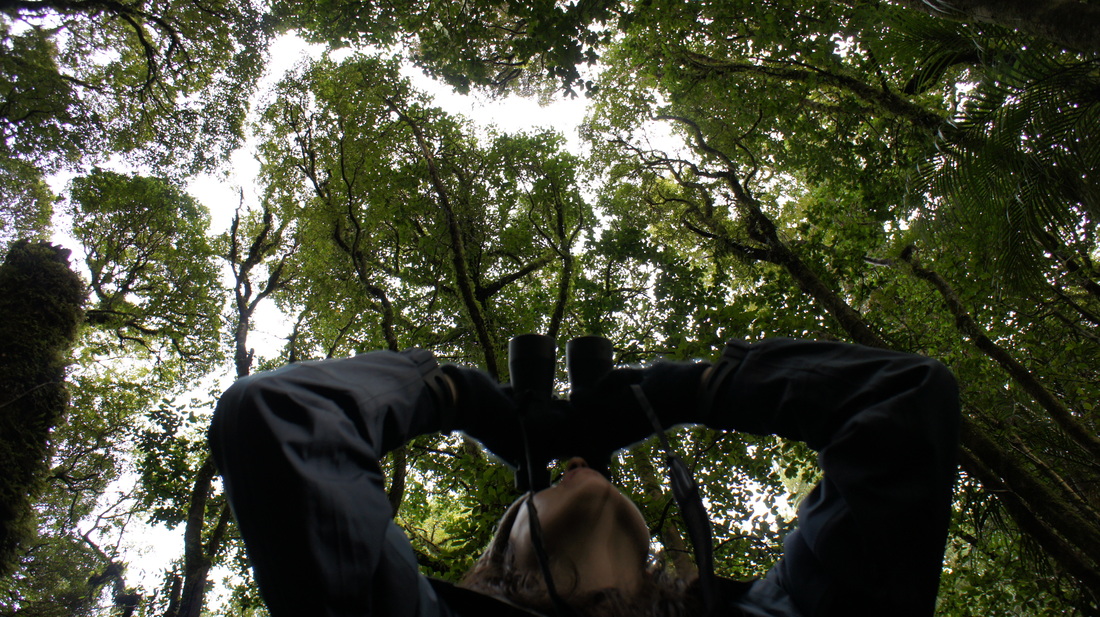

 RSS Feed
RSS Feed
